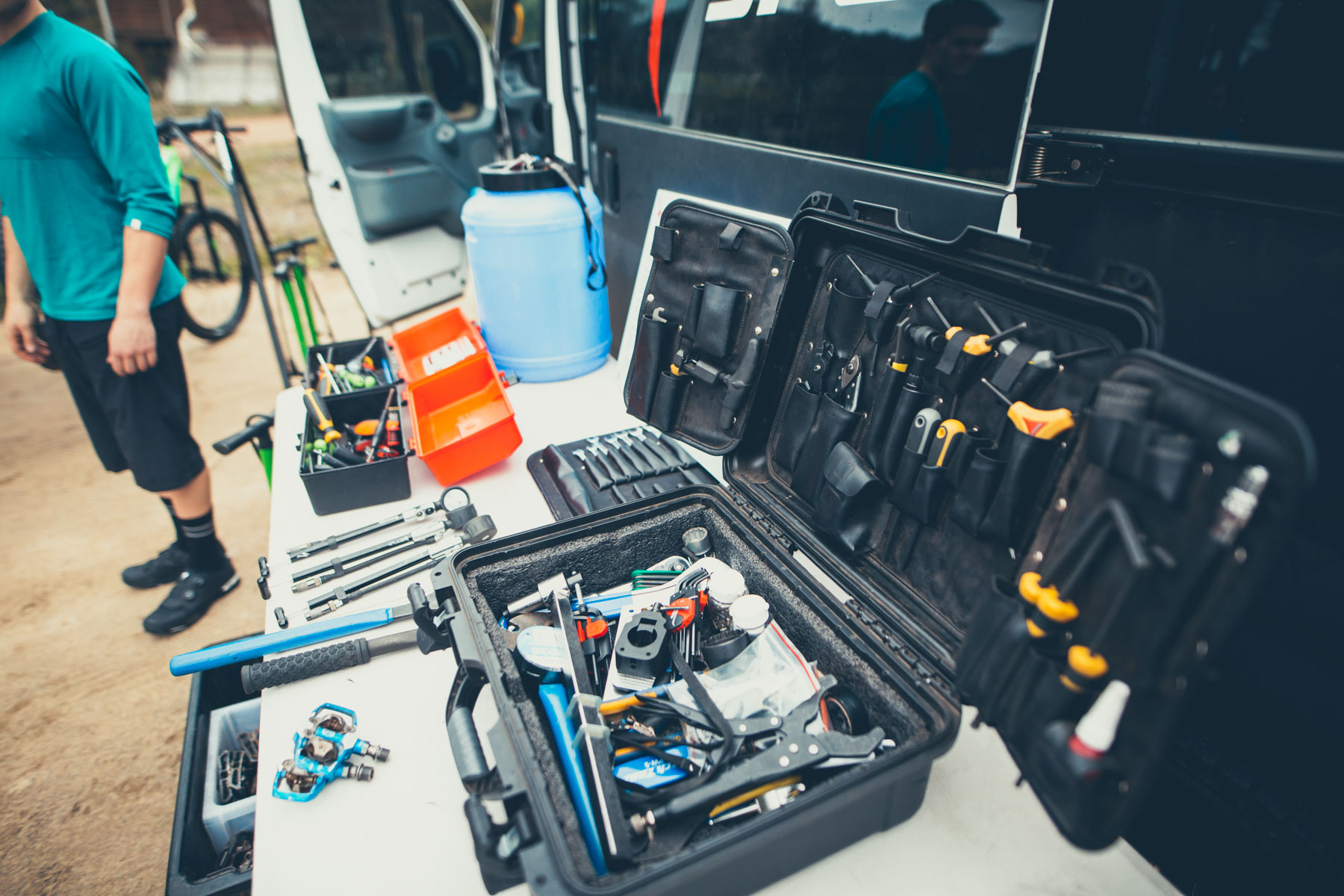
More #enduro Enduro
Wait, didn’t this bike get a massive update just 12 months ago? Yes, it did. But the feedback from the market and team riders was that perhaps the geometry and suspension rates weren’t quite right, and so Specialized have made some tweaks.
Full credit to them here, as it’s bloody expensive to open new carbon moulds, but obviously Specialized regard the Enduro as a real flagship bike in their range hence their willingness to bite the bullet and re-jig the bike.


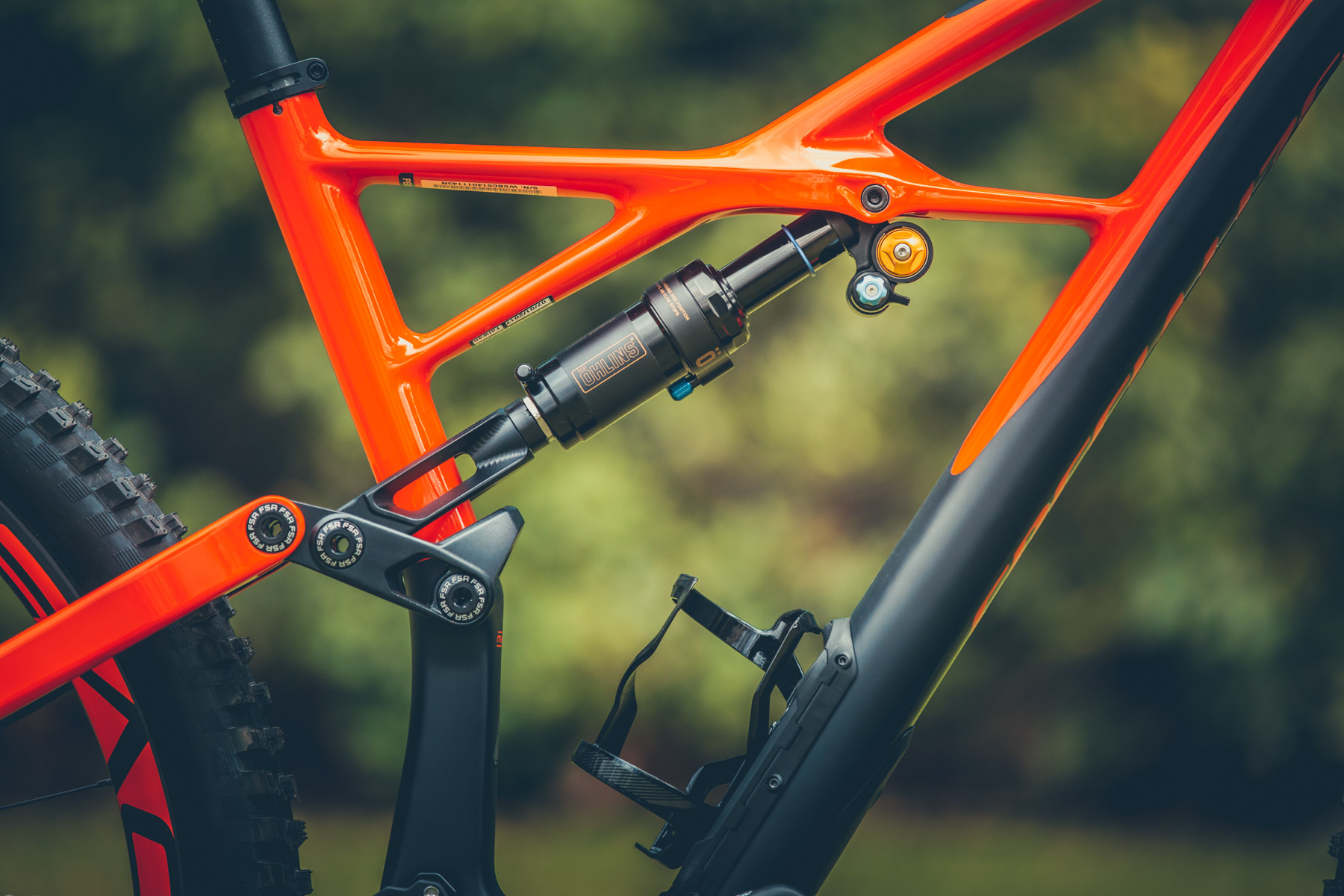
Geometry and suspension changes
“We want it longer” was the message from the market, particularly with regard to the 650B version of the Enduro which was proving a little tight for riders who were getting rowdy, and so length has been added to both bikes up front. The Enduro 29er grows by 10mm in a medium, while the 650B bike is 15mm longer.
At the same time, a new shock link and yoke provide a more progressive suspension curve and a small degree of geometry adjustment too – there’s a simple flip chip to give you half a degree of head angle tweakage to play with.
Owners of a 2017 Enduro will be happy to hear the new linkage/yoke is retrofittable, and Specialized are making it available super cheap too.
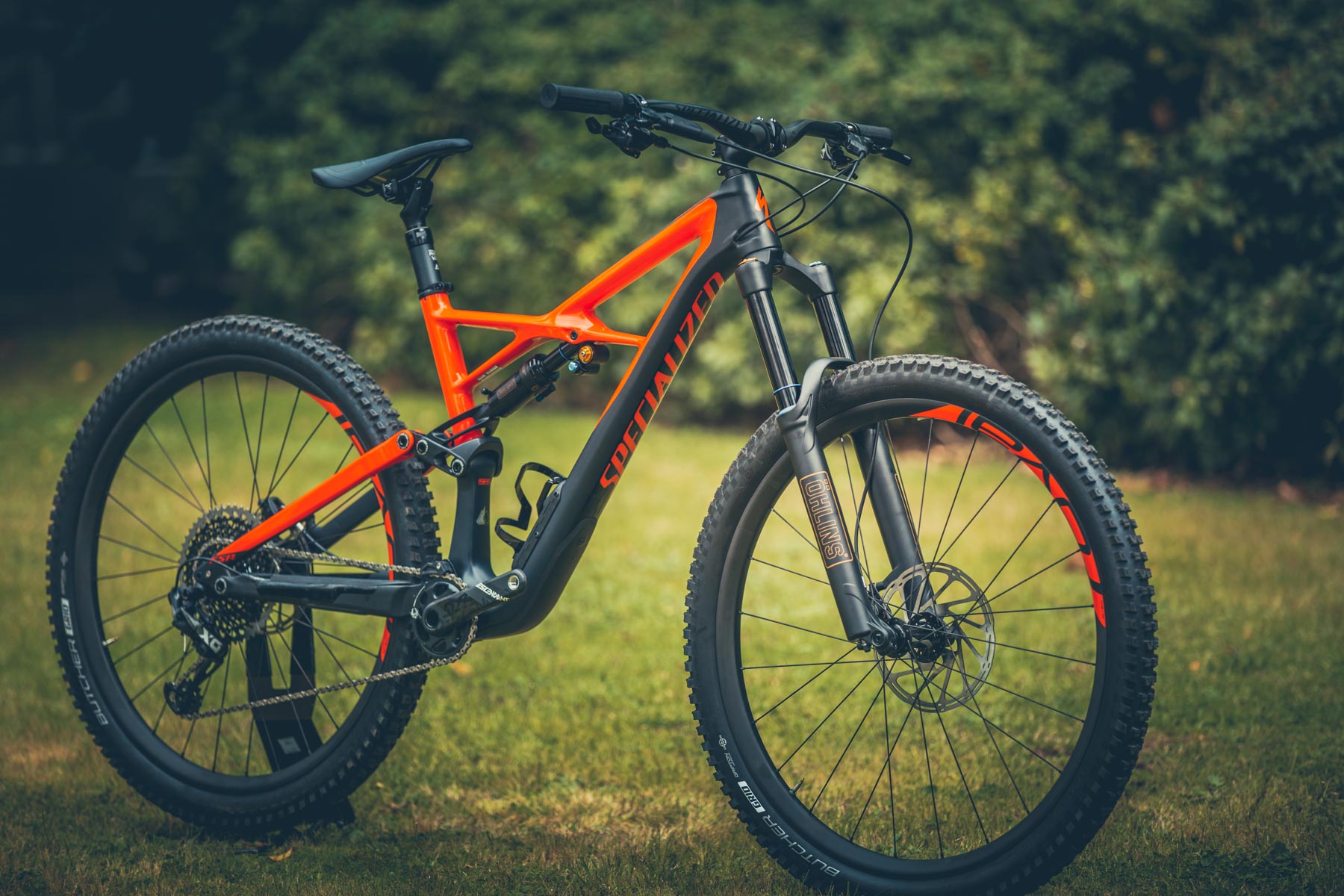
WU Post adjust the angle of the dangle
This one has been in the works for a while, as hinted by the massive 34.9mm seat post found on the Enduro frame last year. The new WU Command Post is a re-think of the traditional dropper – as the seat is lowered, it also tilts rearward by 14 degrees. Anyone who has ridden a downhill bike will know the advantages of having your seat angled like this, as it aids getting behind the saddle and makes it generally less obtrusive when you don’t want it.
On our test ride around the You Yangs, we definitely found the WU post’s unique positioning to be more noticeable than we anticipated – we think on steeper terrain the benefits would be more obvious, whereas on flatter terrain it felt a bit funky.
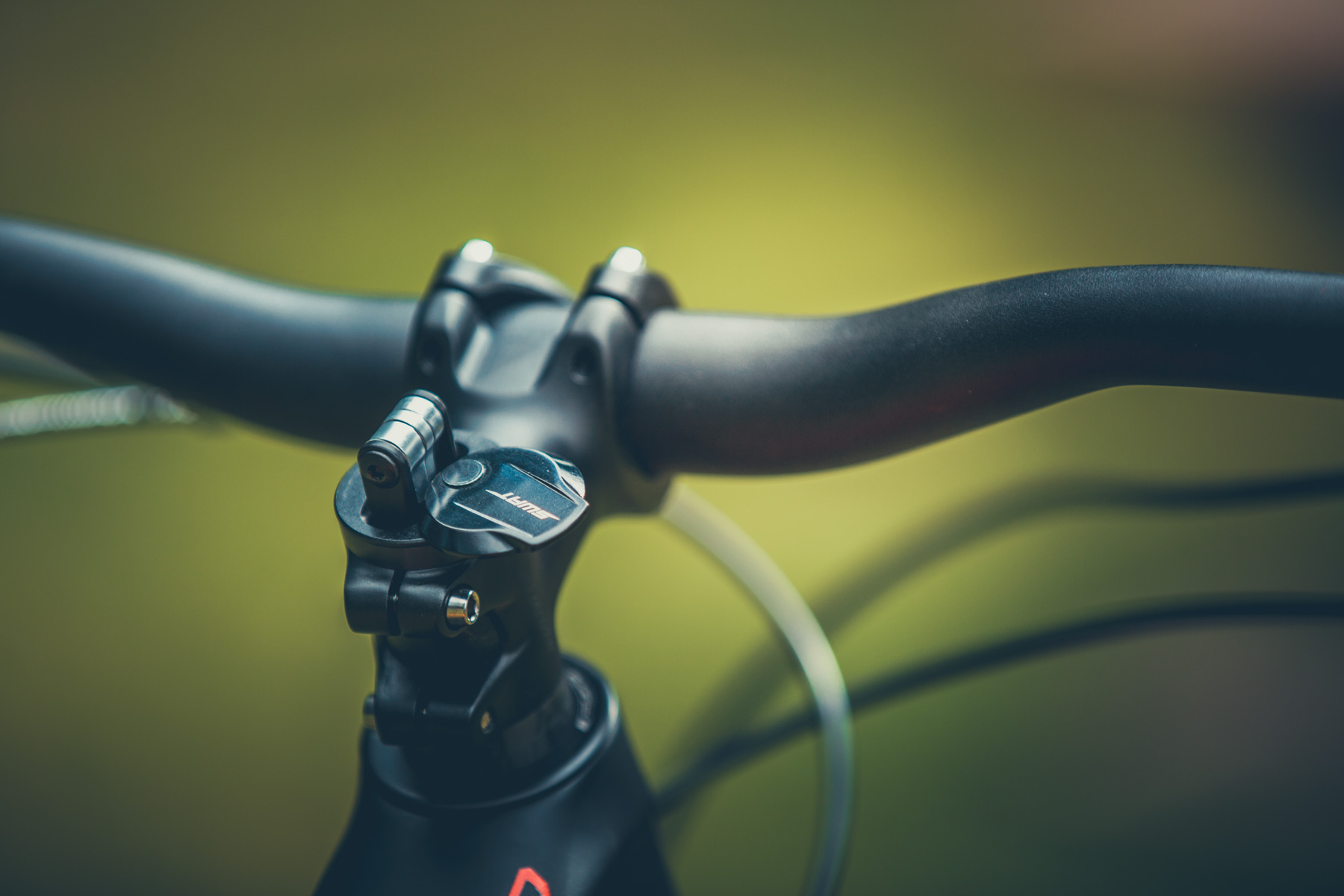
Slicker SWAT
The coolest thing ever? Specialized’s SWAT on-bike storage integrations go to a new level for 2018, with a steerer tube stashed multitool and chain breaker. Flip the little door open and the spring loaded system pops out your multitool. Remove the whole system from the steerer tube to get access to the chain breaker and spare quick link.
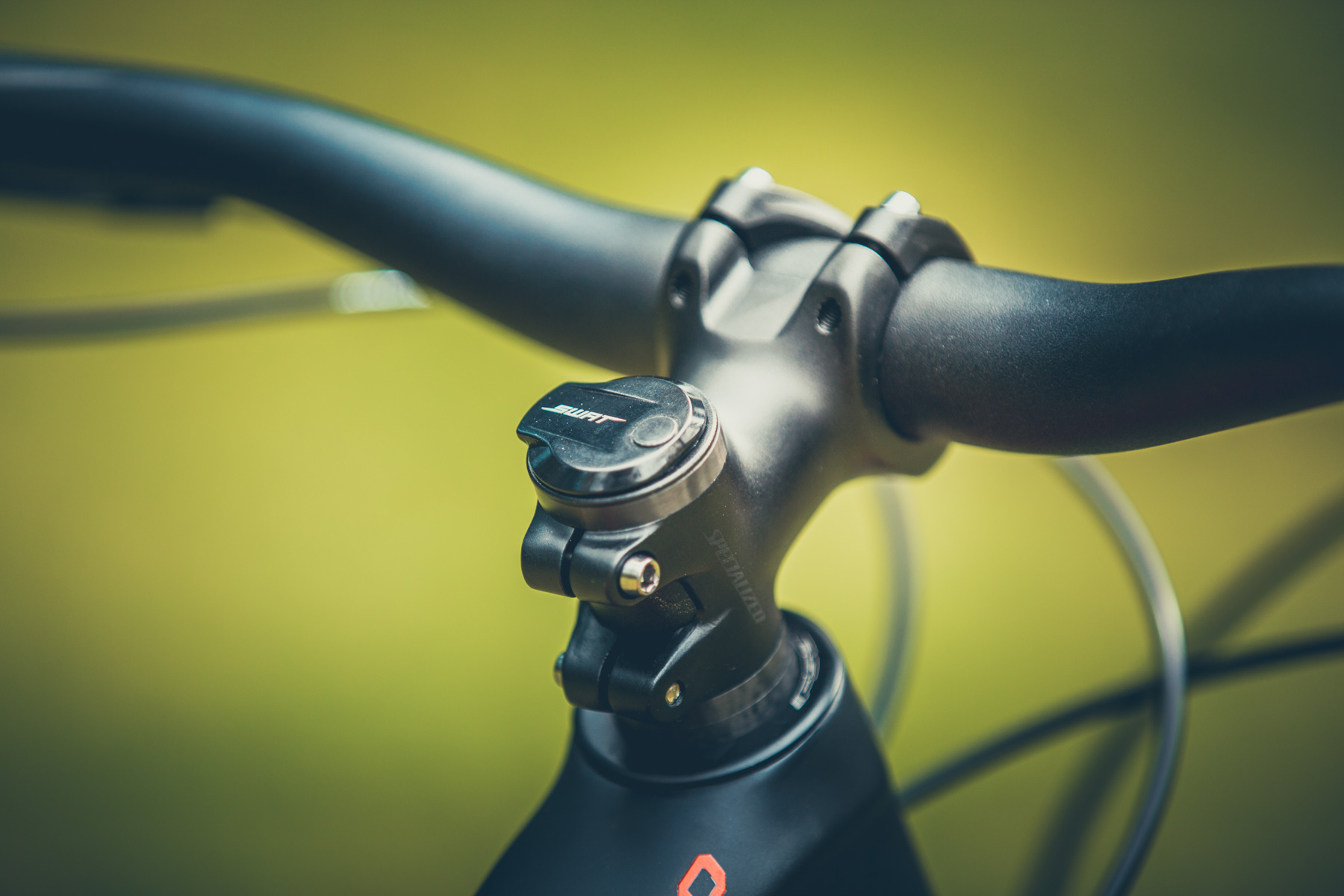

Ohlins, now in 650B and with revised sealing
The Specialized/Ohlins partnership gets stronger, with the Swedish manufacturer now offering 650B Boost forks, whereas last year Ohlins forks were only available in 29er format. The reliability issues that plagued last year’s air shocks has apparently been resolved, though obviously time will tell on this one. Hopefully it’s all hunky dory now, as the sealing issues last year really put a damper on our experiences with this bike last year.


Epically improved Epic
One of the most successful cross-country bikes of all time has had a huge rethink for 2018. The new Epic is a much more modern take on what XC racing is all about, and a really lovely piece of work. We already took a good look at this bike in a previous piece here, but a few recaps below.

More shredding, less flying over the bars.
The geometry was been toned down from the savagely sharp handling of previous generations to deliver a more confidence inspiring ride, suiting the increasingly technical tracks of the XCO circuit. With more trail friendly handling now, we’d be surprised if this bike doesn’t woo a few riders away from the Camber. Things like bar width and tyre width have been upped too. Hooray! Going fast uphill doesn’t have to mean being terrified when the trail gets gnarly going back down.
Super light
The Epic has dropped a ridiculous amount of weight. 350g has been shed from the S-Works model, and over 500g has been weaselled out of the Expert level frame. Those are huge chunks to carve out!
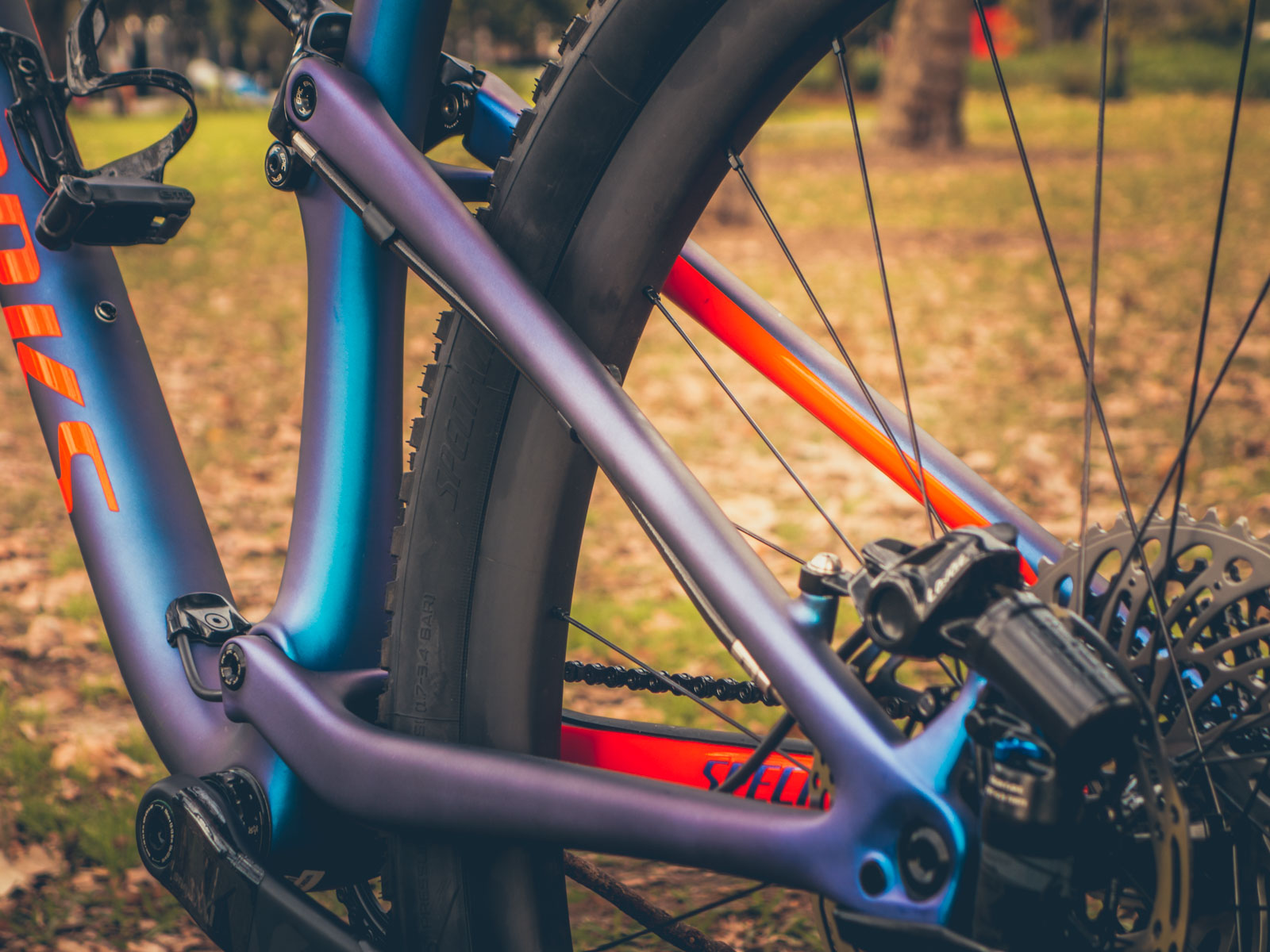
No more FSR
The Horst link is gone! A big portion of the Epic’s weight loss has been possible with a move to a flex stay arrangement, rather than a using a pivot on the chain stay like just about all previous Specialized dual suspension bikes. Flex stays are nothing new – on a short travel bike like this they can still deliver all the sensitivity and control needed, but with a big gain in lateral stiffness and huge weight savings. Bikes like the Cannondale Scalpel and Scott Spark all use flex stays too.
Improved suspension sensitivity
The Brain system has had an overhaul as well. It’s been shifted from its previous position mid-way along the chain stay to sitting right on the rear axle. This should lead to faster responsiveness of the Brain in transitioning between its closed and open states. The oil flow from the Brain to the actual damper has been improved too, with less convoluted routing.
Gender neutral platforms
Specialized have abandoned the use of gender specific frames, across the board. There are still men’s and women’s versions of most bikes (all the way up to S-Works variants) , but the differences are restricted to things like paint, saddles, crank length, grips, bars and suspension tune.
Now the bike industry is full of spin on this subject, and there are certainly going to be detractors who’ll portray this move as a purely cost saving exercise, but Specialized have their rationale. They say that it’s all about delivering performance first and providing a bike that is most suitable for the ‘experience’ a rider is after, no matter what gender. Just because a rider happens to be female doesn’t mean they want their bike to somehow handle differently to a man’s. After all, a woman riding an Epic wants the exact same performance traits as a guy – they want it to rip uphills and devour fast racetracks.

Specialized say that the subtle differences in fit that might be required can all be handled in store with position adjustments and small equipment changes, especially if the shop has access to the Retul bike fit system that Specialized own.
Look, it’s a hard one to decipher; on one hand, you’ve got this line from Specialized about experience first. On the other hand, you’ve got brands like Liv bringing out a huge range of women’s specific bikes and pointing to their own research into biomechanics that validate their approach. We’re confused, and we’re sure consumers are too.
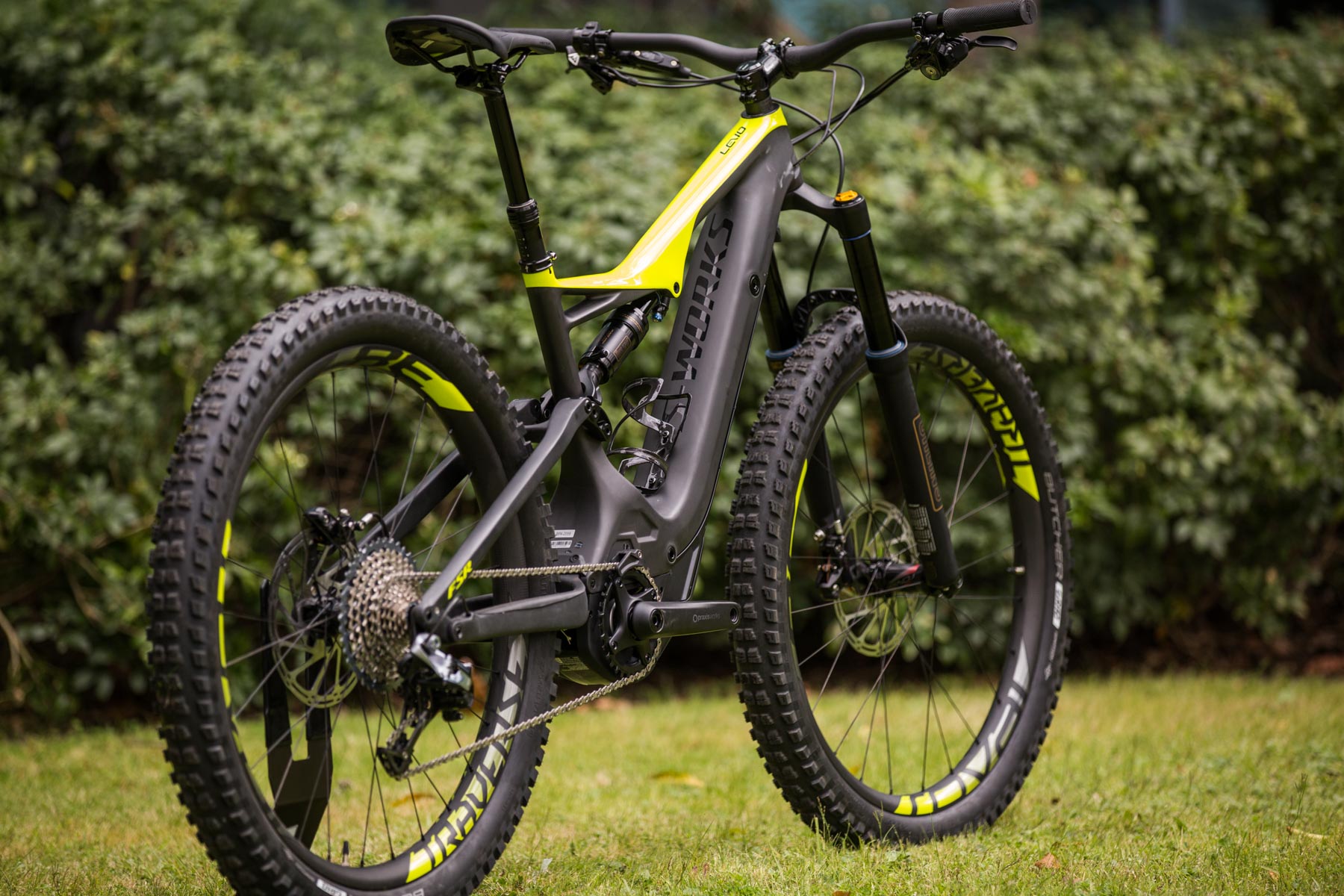
Levo goes carbon
The e-bike that really spearheaded things here in Australia makes a leap to carbon, gets more travel, and a more natural feeling motor too. If you want to know what we think of the Levo, make sure you check out our full review here.

Lighter, stiffer
The full carbon S-Works version of the Levo sheds almost 700g compared to the full alloy frame, but it’s the stiffness gains that are more impressive. With a bike this heavy and with this much traction, keeping it all stiff and stable is hard work and carbon construction does a much better job of keeping it all tracking where you point it.
It’s important to take a moment and consider how impressive the construction really is too. It must be bloody tricky to make a carbon bike strong and stiff enough when you chop out half the down tube to stick a battery in there!

More natural pedal response plus walk mode
The motor and software has been reworked to make the pedal response feel more natural. Previously, the motor relied on the rider pedalling with a high cadence to operate effectively, which felt a bit strange at first. Things have now been tweaked so the motor will reach peak power output at around a pedalling speed of around 20 RPM less, which is more in line with a natural cadence on a regular bike.
A walk mode has also been added that scoots the bike along at 5km/h (super handy if you need to push it along), along with a remote mode to make it a lot easier to toggle between power outputs on the fly.


More travel
Front and rear travel has been bumped up to 150mm as well, which is a welcome addition. As we noted in our previous test, the rear end struggled to keep up with the bike’s abilities in the past, so giving it all slightly longer legs is a big win. After all, it’s not like getting that extra travel up the hill is an issue!
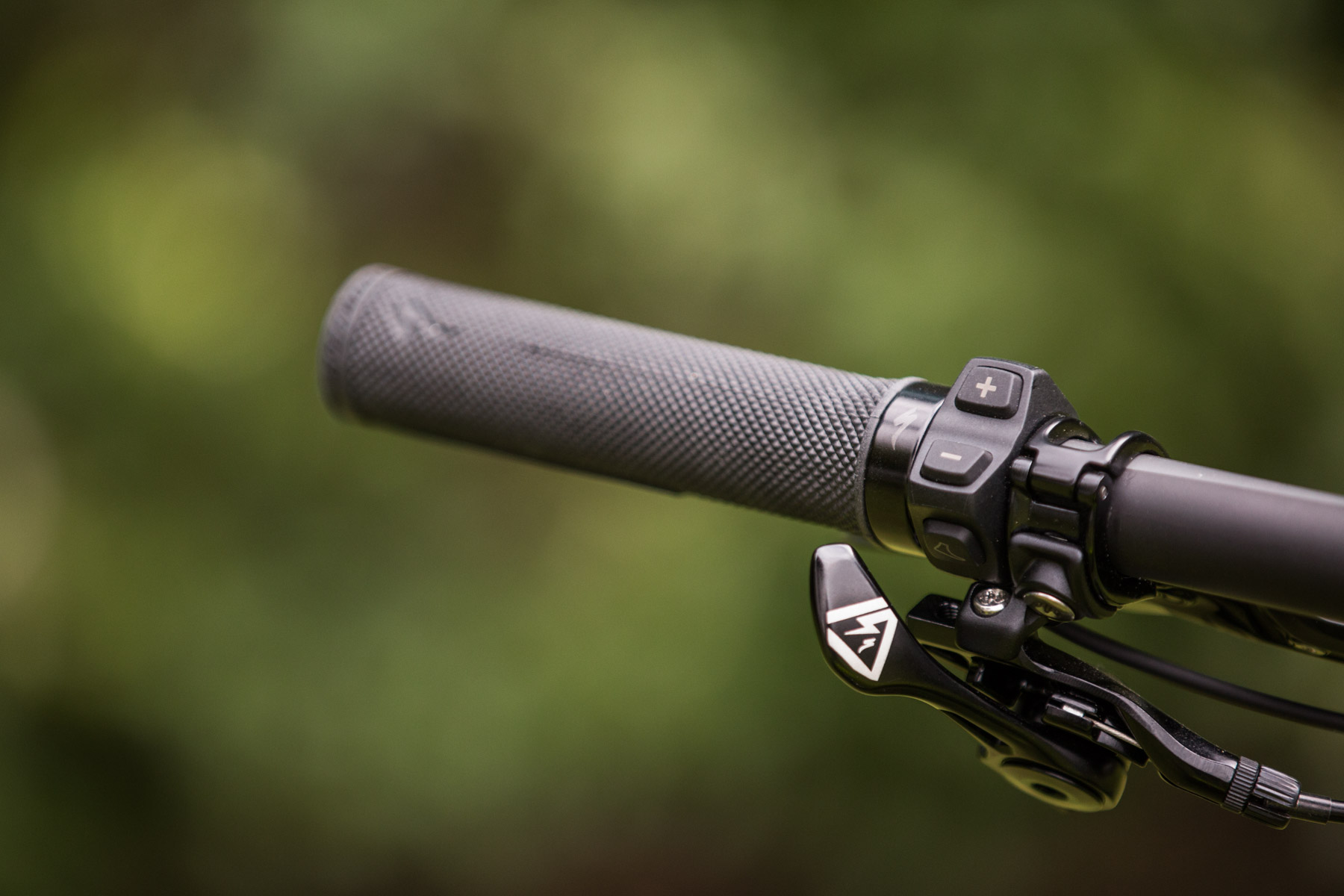
We discussed the changes coming with the 2018 Levo models in more detail here.






